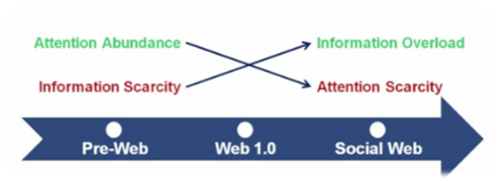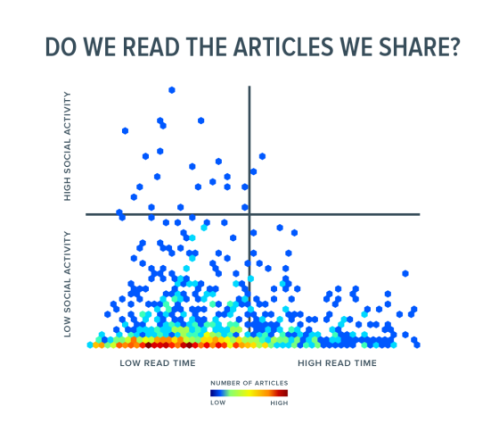As the limitations of a virtual marketplace continue to reduce most B2B firms to commodities, it’s become increasingly important to communicate not just what your company does, but to generate interest in what your enterprise stands for. This task of expressing your firm’s raison d’être involves far more than sticking a “Mission Statement” on its website.
Prospective clients not only want to know what makes your firm unique; before they put you on their short list for consideration, they also want assurance that your company is a “safe choice.” Decision-makers at every level are unwilling to risk their career on selection of an outside firm that may fail to meet expectations, or even harm their firm.
Regardless of whether your firm is the leader or an upstart in its marketplace, brand integrity matters. And it’s a corporate asset that needs to be marketed.
Unfortunately, telling target audiences and opinion leaders that your company is smart, honest, unique, innovative, creative, cutting-edge, trusted, etc. never succeeds. People require hard and soft evidence to support their own conclusions about your brand attributes, notably its integrity.
So how does a B2B firm market its brand integrity through online and offline channels? Here are 10 tangible and intangible factors that, on an individual and combined basis, can drive marketplace opinion on brand integrity:
- Transparency: Is information regarding your firm’s philosophy, products / services, processes and people available and easily accessible? (Acid Test: How much digging is required to gain a basic understanding?)
- Consistency: Is all information kept up-to-date, and relevant to current market conditions? Does bad news get communicated to your clients as quickly and openly as good news? (Acid Test: What’s the frequency of content generation, and the number of direct and indirect “touches” with target audiences?)
- Enthusiasm: Does your firm appear genuine and enthusiastic about communicating with external audiences? Or does communication appear to be treated as a necessary evil? (Acid Test: How often are innovation and fun baked into those efforts?)
- Values: Are your company’s core values expressed in a compelling manner? More importantly, are those values demonstrated through its actions? (Acid Test: Are they aspirational and inspirational? Is there tangible evidence that values really drive decision-making?)
- Clarity: Are explanations clear, devoid of technical jargon or mystery, and easily understood by all outside audiences? (Acid Test: Would an 8th grader get it?)
- Culture: Is there a visible common culture, beyond shared academic credentials or charitable activities? Are there tangible signs that employees are valued, have a unified vision and enjoy working together? (Acid Test: Other than the annual mud run photo, do employees appear to be engaged as a team?)
- Associations: Who and what are the people, organizations, ideas and causes associated with your firm? Are those associations respected, credible and trustworthy? (Acid Test: Is the firm actively connected with the outside world?)
- Validation: How is your firm’s value proposition validated by objective 3rd parties? Do reliable sources express open support or inherent endorsement? (Acid Test: Do credible media sources cover the company? Do clients identify themselves by name and company?)
- Leadership: Are efforts made to share / promote your firm’s intellectual capital in a helpful manner that’s not directly self-serving? (Acid Test: Do other opinion leaders reference your firm’s ideas or contributions? Are white papers just poorly disguised sales collateral?)
- Persona: Does your firm appear to be run by interesting human beings, or hide its personality behind an opaque, institutional veneer? (Acid Test: Does the overall impact of public-facing communication project warmth and sincerity, or distance and arrogance?)
Marketing tactics aside, companies looking for a guiding principle on brand integrity are well-served by heeding the advice of the late John Wooden, basketball coaching legend, who said, “Be more concerned with your character than with your reputation. Your character is what you really are, while your reputation is merely what others think you are.”



















